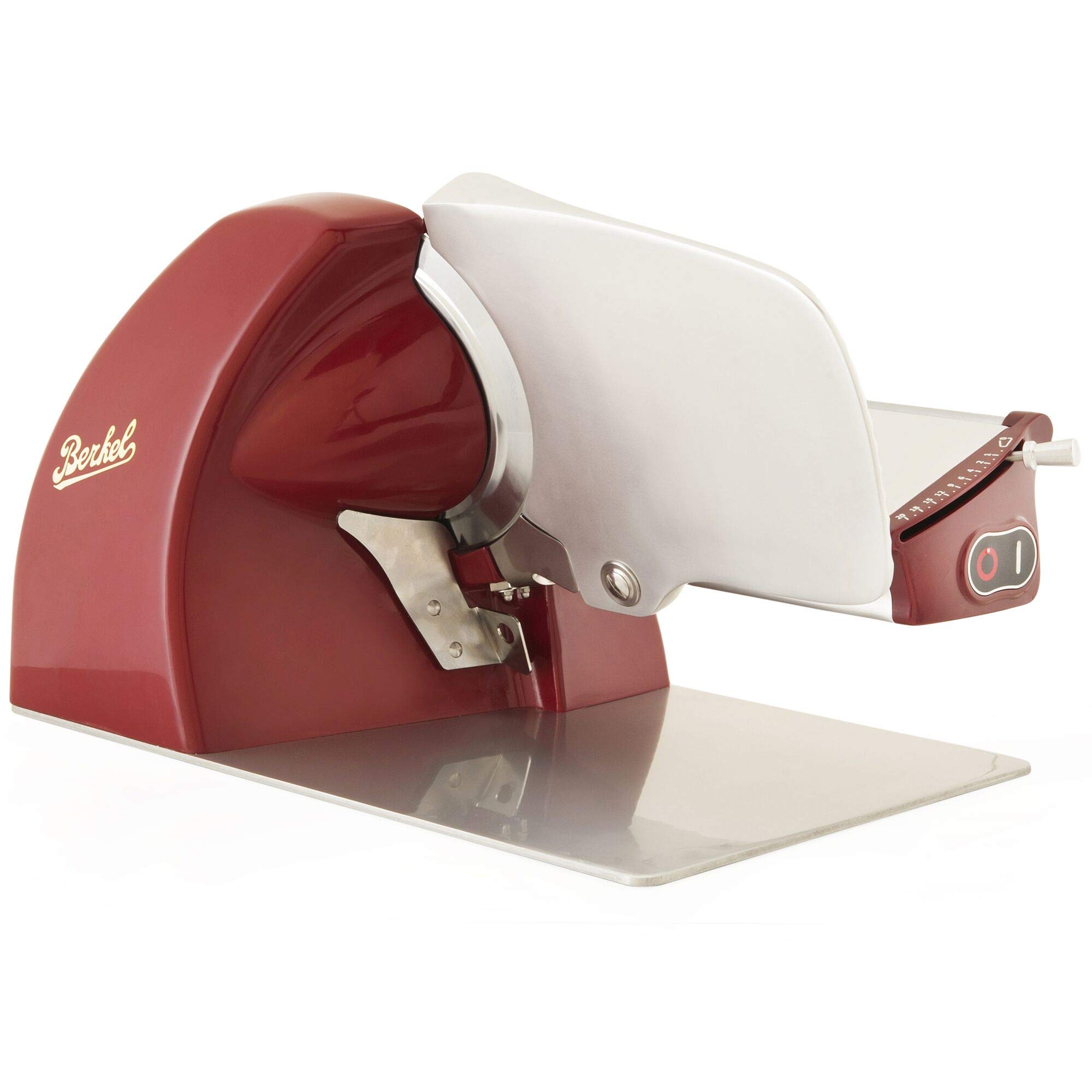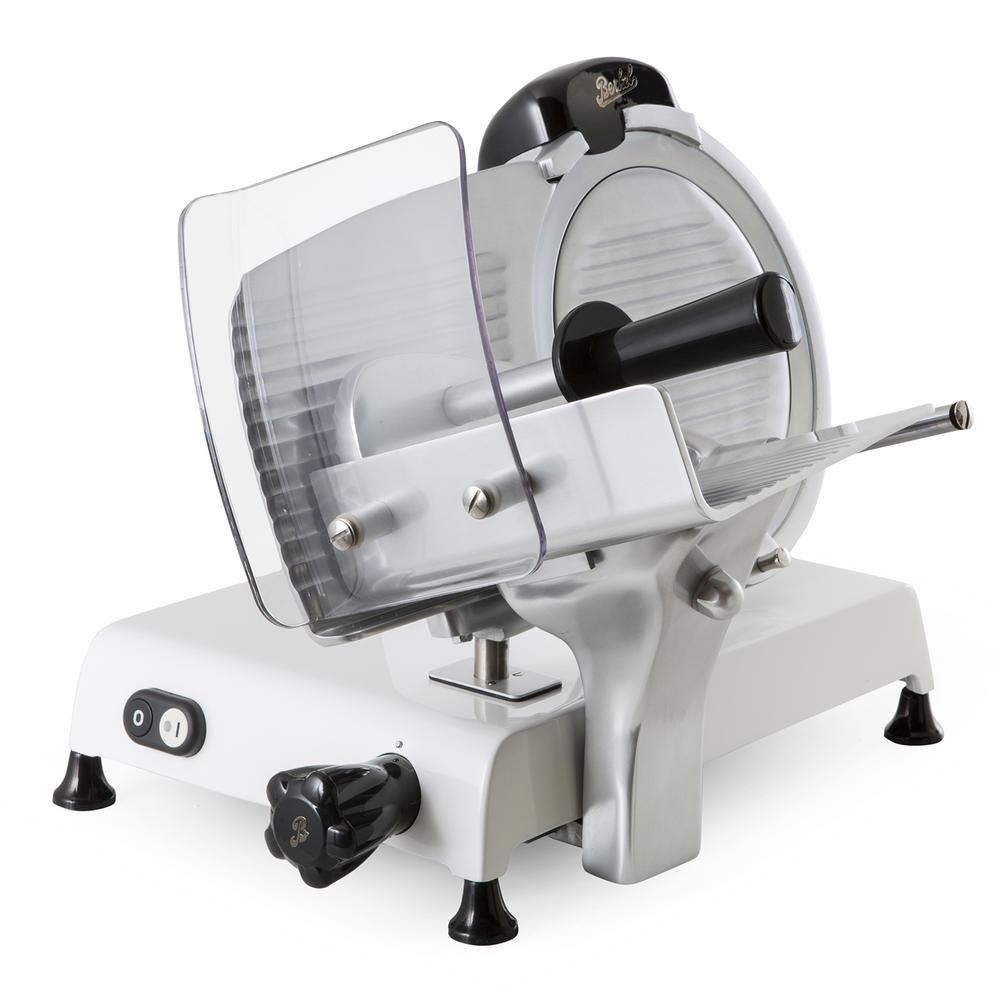

The space designed by Stokes Architecture + Design is gorgeous, with white brick walls over walnut-colored floors and sumptuous leather banquettes set beneath the gaze of a sculpted Chianina cow. And a much improved visit several weeks later would validate my expectation for Bardea Steak to potentially become this region’s ultimate meat palace. I can’t be blamed for being excited to check out the latest project from one of our most creative and artistic chefs. The most fascinating reflection of DiMeo’s beef explorations is the “Butcher’s Feast” showcasing less common cuts from five different breeds, including a buttery Wagyu flat-iron, a tender Piedmontese zabuton and my two favorites, a Holstein picanha and the deeply complex Vaca Vieja, a Spanish breed matured years beyond when most cattle is slaughtered. You can order a Piedmontese bone-in ribeye, an Aberdeen Angus strip that descends from the original Scottish breed, fat-laced Australian Wagyu grilled tableside over the coals with harissa ssamjang, or the deeply savory flanken of Chianina grilled Korean barbecue style. Thankfully, not all these meats are fermented in koji. But it brings such an intense richness you don’t need much, and I prefer its firmer bite to so many other, gratuitously fatty cuts of Wagyu. The Snake River Wagyu rib cap is smaller than most, at just 8 oz. The main event, of course, are four cuts of steak that, with just salt and live fire, produced consistently excellent results, from the mineral complexity of the dry-aged Double R Ranch ribeye ($150, 32 oz.) to the Creekstone bistecca Fiorentina, whose T-bone adds more flavor to its tenderloin side than most filet mignons can ever dream of.

Grossman, also an alum of Vernick’s hearth, can also be seen basting molten dry-aged beef fat with a brush of bundled herbs over steaks roasting on the six-foot-long oak and charcoal-fueled grill, which kisses nearly every other item on the menu. You’ll know it’s a Vetri restaurant immediately from the museum-quality Berkel slicer on a pedestal near the open kitchen where longtime Osteria veteran, chef Jesse Grossman cranks the flywheel to shear aged prosciutto and mortadella to be draped with creamy ricotta over fresh focaccia. It could be mistaken for a banquet hall if not for the Picasso and Miro on loan from Vetri’s partners hanging on the walls. There’s hardly even a sign outside its front door at the back of its strip mall parking lot, where the former Tredici has been transformed into an open 130-seater with tall ceilings (and predictable noise). The element of surprise is the understated simplicity of Fiore Rosso. Check averages at both ultimately range from $110 to $120 per person. The focus on large format cuts, however, is meant to encourage sharing, ultimately serving smaller portions of better meat per person than the individual steaks most American diners are accustomed to. porterhouse intended for four at Fiore Rosso, and far more than that for some of the chops on display in the dry-aging cases at Bardea Steak. Not surprisingly, the price tags at both restaurants might make you gasp - hitting $168 for the 40 oz. Their sprawling “meat kingdom” offers no fewer than five different breeds of steer, as well as dishes with elk, ostrich, and kangaroo that frequently arrives with pyrotechnical fanfare - billowing smoke, tubes of bubbling lychee cream - that assure tableside drama. Likewise, the ambitious team behind Bardea Food & Drink in Wilmington was already “too far along to turn back” on the construction of Bardea Steak, says Scott Stein, whose partner, chef Antimo DiMeo, had plunged deep into researching beef and cutting edge techniques to intensify flavors.


 0 kommentar(er)
0 kommentar(er)
